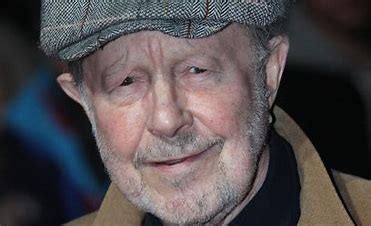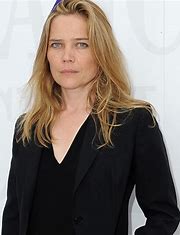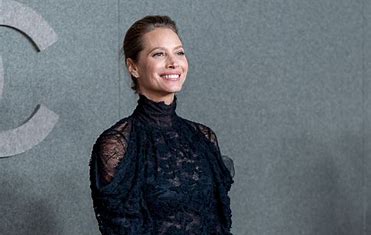Introduction
Nicolas Roeg was a British film director who made a significant impact on the film industry. He was known for his unique style of storytelling, which often included nonlinear narratives, complex editing, and symbolism. Roeg’s films were not always commercially successful, but they were critically acclaimed and had a loyal following. In this article, we will explore the legacy of Nicolas Roeg and his films.
Early Life and Career

Childhood and Education
Nicolas Roeg was born in London in 1928. He grew up in a family of actors and started his career as a tea boy at a film studio. Roeg worked his way up the ranks and became a cameraman. He worked on several films, including “Lawrence of Arabia” and “Doctor Zhivago.”
Directorial Debut
Roger’s directorial debut was “Performance,” which he co-directed with Donald Cammell. The film was released in 1970 and starred Mick Jagger and James Fox. “Performance” was controversial because of its explicit content, but it was also praised for its innovative style and storytelling.
Notable Films
“Don’t Look Now”
“Don’t Look Now” is perhaps Roeg’s most famous film. It was released in 1973 and starred Julie Christie and Donald Sutherland. The film is a psychological thriller about a couple who travel to Venice after the death of their daughter. “Don’t Look Now” is known for its haunting imagery and nonlinear narrative.
“Bad Timing”
“Bad Timing” was released in 1980 and starred Art Garfunkel and Theresa Russell. The film is a complex and disturbing portrait of a destructive relationship. “Bad Timing” was not a commercial success, but it was praised by critics for its boldness and originality.
“Eureka”
“Eureka” was released in 1983 and starred Gene Hackman and Rutger Hauer. The film is a surreal and ambitious epic about a gold prospector who becomes a millionaire. “Eureka” was not well-received by audiences or critics, but it has since gained a cult following.
Legacy
Influence on Filmmakers
Nicolas Roeg’s films have had a significant influence on filmmakers. Directors such as Christopher Nolan and Danny Boyle have cited Roeg as an inspiration. Roeg’s use of nonlinear narratives and complex editing techniques have become staples of modern cinema.
Family Legacy
Nicolas Roeg’s family has also made an impact on the film industry. His son, Statten Roeg, is a successful cinematographer, and his grandson, Maximillian Roeg, is an actor and filmmaker. The Roeg family continues to carry on Nicolas Roeg’s legacy.
Conclusion
Nicolas Roeg was a visionary director who pushed the boundaries of storytelling in film. His films were not always commercially successful, but they were always innovative and thought-provoking. Roeg’s legacy lives on through his films and the filmmakers he inspired.
FAQ
Who is Nicolas Roeg?
Nicolas Roeg was a British film director and cinematographer who was active in the film industry from the 1960s until his death in 2018. He was known for his unconventional approach to filmmaking and his unique visual style.
What are some of Nicolas Roeg’s most famous films?
Some of Nicolas Roeg’s most famous films include “Don’t Look Now,” “Performance,” “The Man Who Fell to Earth,” and “Walkabout.”
What was Nicolas Roeg’s legacy?
Nicolas Roeg’s legacy was his contributions to the film industry, particularly his innovative approach to filmmaking that challenged traditional storytelling techniques. He paved the way for future generations of filmmakers to experiment with new ideas and techniques.
What made Nicolas Roeg’s films unique?
Nicolas Roeg’s films were unique because of his unconventional approach to filmmaking. He often used non-linear storytelling, fragmented narratives, and experimental editing techniques to create a sense of disorientation and ambiguity.
What impact did Nicolas Roeg have on the film industry?
Nicolas Roeg had a significant impact on the film industry, particularly in the realm of independent and avant-garde cinema. His films inspired a generation of filmmakers to experiment with new techniques and push the boundaries of traditional storytelling.



